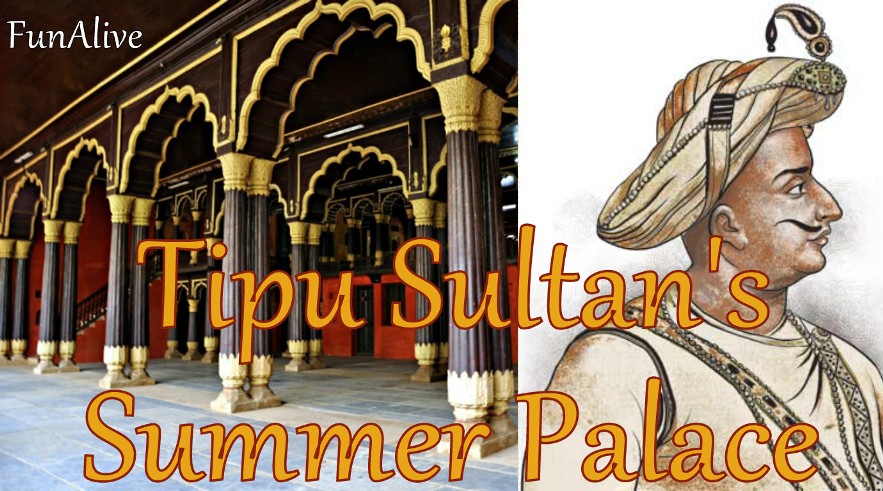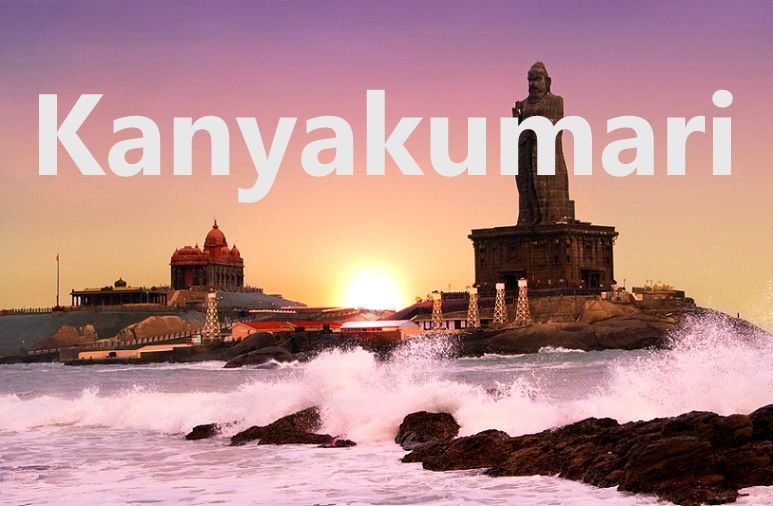Tipu Sultan's Summer Palace
- The construction of this amazing and most beautiful summer palace was commenced by Nawab Hyder Ali in 1781 and got completed in 1791 during the rule of Tipu Sultan.
- Tipu Sultan even used to conduct the affairs of the state from the western and eastern balconies on the Fourth Anglo-Mysore War, the British Administration used the palace for its Secretariat before moving to Attara Kacheri in 1868.
- As for today, the palace is maintained by the government of Karnataka as a tourist spot.
- Tipu's Summer place is a two storied building next to famous Venkateshwara temple. Walkable distance from KR market and small rocket type of object placed in ground floor for viewing.

Tipu Sultan's Palace that has been lately
converted to a museum. This historic two storied palace will marvel you with
its entire structure that is completely built with the help of teak-wood.
It comprises of pillars that are exquisitely and
minutely carved.
The balconies and the arches of the palace will also leave you
speechless.
How To Reach:
The Tipu Sultan's Summer Palace is inside the Bangalore Fort in Albert Victor Road, Chamrajpet in the centre of Old Bangalore near Kalasipalyam bus stop in Bangalore, Karnataka.
Watch The Complete Video of Tipu Sultan's Summer Palace below:
This palace is made of teak wood and moderately big. You can find a small museum inside it showcasing rare photos, swords and one tiger printed instrument.
You can find a small museum inside it showcasing rare photos, swords and one tiger printed instrument.
Front Hall is very big and have indo-islamic design . It has very high ceiling while remaining section is partitioned in small rooms and small rocket type of object placed in ground floor for viewing.
This palace is not grand as Mysore palace, but has good historical significance.
Tipu was much ahead in rocket technology than British. British Troops tried to kill Tipu while he was here but saved due to venkateshwara temple top.
Timings and Entry Fee:
The palace is open to public daily from 10am to 6pm and from 8.30am to 5.30pm on Sundays.
Entry fee for Indians ₹15 per person and for foreigners ₹200 per person.
Photography is allowed and there is no special fee for use of a camera.
Watch: Bangalore Fort Complete Video
Tipu Sultan, the Great Ruler of Mysore:
Tipu Sultan, also known as the Tiger of Mysore and Tipu Sahib, was a ruler of the Kingdom of Mysore, scholar and poet, recognized as one of the greatest South Asian rulers of all time. He was the eldest son of Sultan Hyder Ali of Mysore.
After Hyder Ali died due to Carbuncle in the year 1782, Tipu became the new ruler of Mysore. This new ruler who had already fought two war – First Anglo Mysore and Second Anglo Mysore War under the leadership of his father knew that British forces were a great threat to the independent Kingdom of Mysore. He therefore focused more on military advances, especially Mysorean rockets which were successfully used by his father in the Second Anglo Mysore War against the British.
Tipu Sultan, prominently known as Sher-e-Mysore (Tiger of Mysore) is also given the sobriquet of Sher-e-Hind and Sher-e-Mashriq (Tiger of the East). A legendary ruler, he not only opposed British rule in South India but also playe4d a major role in keeping the British forces away from South India . He was one of those rare rulers who had the gumption to challenge the British Government.
Tomb Of Tipu Sultan, in Srirangapatna
Tipu Sultan's Tomb:
The mausoleum housing Tipu's tomb is another example of Islamic architecture. Tipu's flag is in the foreground.
It is about few km from Srirangapatna, Mandya district, India and the tourists can visit this place by own vehicle or by other private vehicles from Srirangapatna. The Gumbaz is the burial chamber of Tipu Sultan, his father Haider Ali, his mother Fathima Begum, his relatives and his soldiers.
Palaces of Tipu Sultan Across Bangalore:
Bangalore Fort although built by Kempe Gowda of Vijaynagar Empire in the 16th century, was renovated and made into a stone fort by Haider Ali in 1761. At one point of time when British bombed the fort, Tipu Sultan repaired it completely. However, the fort was captured by the British after the third Anglo Mysore War. Currently, Delhi Gate and remnants of bastions are the only two parts remaining of this once so powerful fort.


